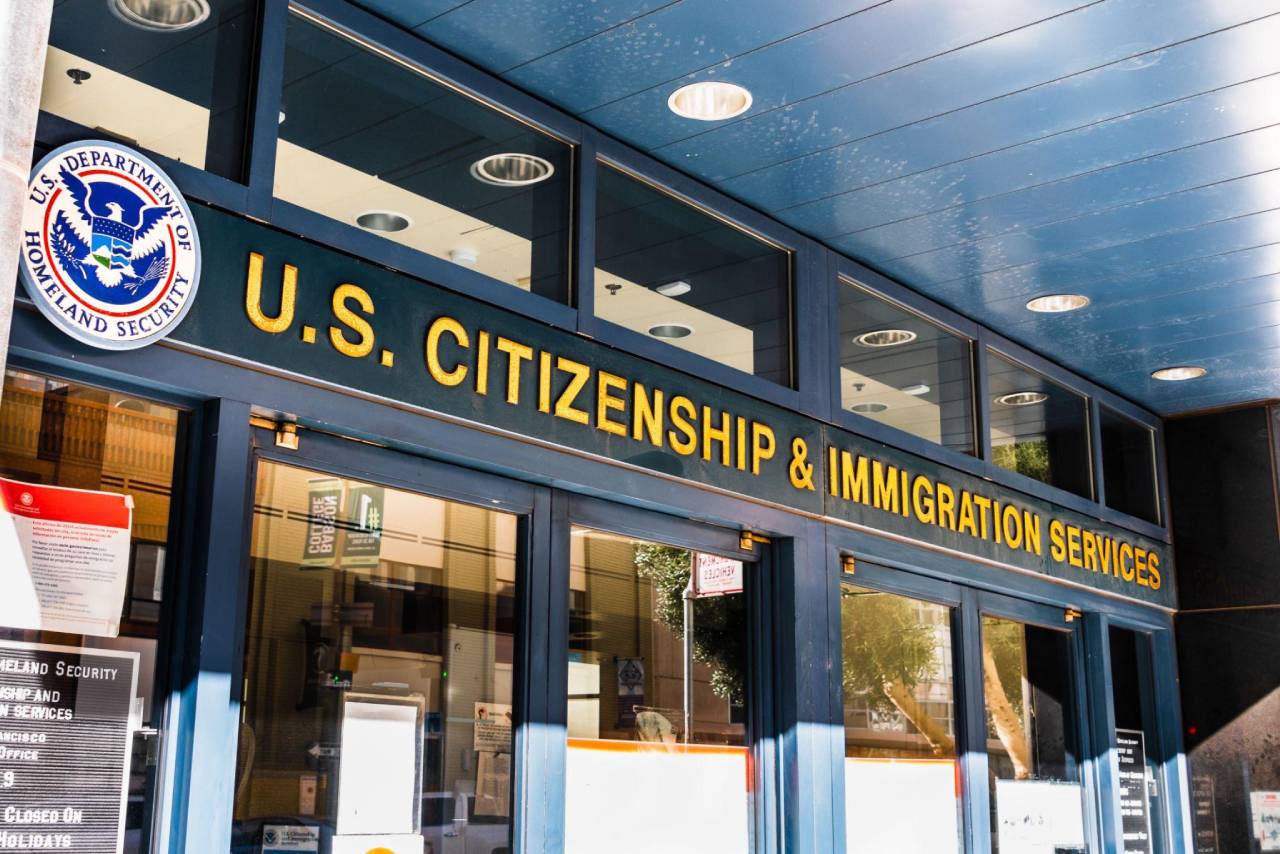
Understanding the USCIS Change of Status Process for Immigrants
The United States Citizenship and Immigration Services (USCIS) allows individuals in some non-immigrant visa categories to request a change of status to another non-immigrant category. Here’s what you need to know about the USCIS change of status process:
1. Who is Eligible for Change of Status?
Those who entered the U.S. initially on a non-immigrant status and would like to seek a different non-immigrant status may apply for a change of status. Common examples of non-immigrant visas include F-1, H-1B, B-2, or E-2 visas.
2. When Should You Apply for Change of Status?
It is recommended that individuals file for a change of status as soon as they determine that it is necessary. Additionally, any change of status application should be filed before the expiration of your current status.
3. How to Apply for Change of Status?
To apply for a change of status, you will need to complete and file Form I-539 with the USCIS. Along with the form, you will also need to provide supporting evidence to show that you are eligible for the new non-immigrant status that you are requesting.
4. Required Documents
Applicants must provide an I-94 arrival/departure record form, a copy of their current nonimmigrant status, and any other documents that can prove their eligibility for the requested status, like travel itineraries, proof of employment, among other evidence depending on the particular visa category.
5. How Long Does the Process Take?
The time it takes for the USCIS to approve a change of status request may vary. Processing times depend on the individual’s specific circumstances, the complexity of the application, the availability of USCIS staff, and a host of other factors.
6. What Happens After Approval?
If approved, the applicant’s status in the U.S. will change to the new non-immigrant visa category applied for, and they’ll also receive a new I-94 record as proof of the change of status.
In conclusion, the USCIS change of status process can be a complex undertaking, requiring careful attention to details and deadlines. Individuals wishing to change their non-immigrant status should be fully aware of the various eligibility requirements and technicalities involved in the process. In some cases, seeking the advice and assistance of an experienced immigration attorney is recommended to navigate the process successfully.
Popular Services
Get In Touch
TRENDING BLOG POST

Preserving Rights and Balancing Interests: Untangling the Legal Fabric of Employment Law

Nurturing Stability and Protecting Loved Ones: Unraveling the Legal Tapestry of Family Law

Preserving Your Legacy: Navigating the Legal Terrain of Estate Planning

Unveiling the Legal Framework of Business: Crafting a Solid Foundation for Success

Navigating the Legal Landscape of Real Estate: Ensuring Clarity, Security, and Protection

